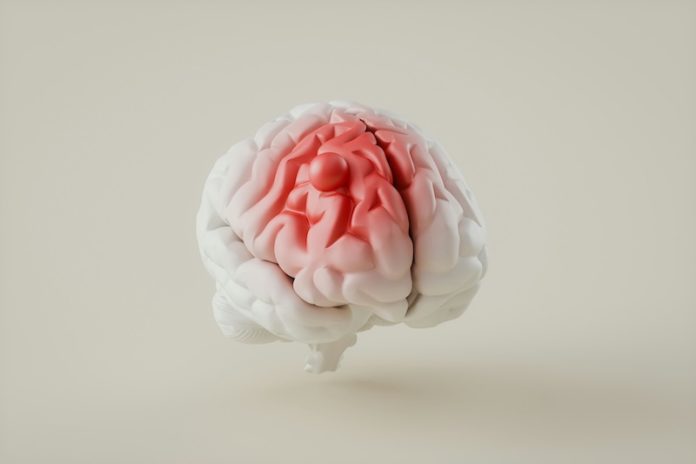
A stroke is a medical emergency that happens when blood flow to a part of the brain is suddenly blocked or when a blood vessel in the brain bursts. When this happens, brain cells don’t get the oxygen and nutrients they need, and they begin to die within minutes.
Because the brain controls everything we do—like speaking, moving, thinking, and even breathing—the effects of a stroke can be serious and life-changing. What happens to the brain after a stroke depends on how long the blood flow is disrupted, what part of the brain is affected, and how quickly treatment is given.
There are two main types of stroke. The most common is an ischemic stroke, which occurs when a blood clot blocks a blood vessel in the brain. This type accounts for about 87% of all strokes. The second type is a hemorrhagic stroke, which happens when a blood vessel breaks and bleeds into the brain. Both types can lead to brain damage, but they do so in different ways.
In an ischemic stroke, the blocked blood vessel prevents oxygen-rich blood from reaching part of the brain. Within just a few minutes, brain cells in that area begin to die. The longer the blockage lasts, the more damage occurs.
Some brain tissue can be saved if blood flow is restored quickly, which is why fast treatment with clot-busting medication or procedures like a thrombectomy (removing the clot) can make a big difference. Studies show that the earlier the treatment, the better the chances of recovery and reduced disability.
In a hemorrhagic stroke, the bleeding increases pressure inside the skull and can damage or kill brain cells nearby. This type of stroke is often caused by high blood pressure, brain aneurysms, or head injuries. The brain is very sensitive to bleeding, and even a small amount can cause problems with memory, movement, or consciousness.
Once brain cells die during a stroke, they don’t grow back. However, the brain is an amazing organ, and it can sometimes adapt through a process called neuroplasticity. This means that other parts of the brain can sometimes take over functions that were lost.
For example, if a stroke damages the part of the brain that controls speech, with therapy and time, another area may learn to help with language. Rehabilitation—such as physical therapy, occupational therapy, and speech therapy—plays a big role in helping the brain recover and regain function.
The specific effects of a stroke depend on where it occurs in the brain. If the stroke affects the left side of the brain, it can cause problems with speaking, understanding language, or moving the right side of the body.
If it affects the right side of the brain, it might cause difficulty with attention, vision, or movement on the left side. Some people experience changes in mood, personality, or memory after a stroke, because the brain also controls how we feel and think.
Research using brain imaging has helped scientists understand how strokes affect different brain regions. Scans like MRI and CT allow doctors to see which parts of the brain are injured and how much tissue is damaged. This helps guide treatment decisions and predict how much recovery might be possible.
In summary, a stroke causes damage to the brain by cutting off blood supply or causing bleeding. This leads to the death of brain cells and can affect movement, speech, memory, and emotions.
But with quick medical care and proper rehabilitation, many people can regain important skills and improve their quality of life. Understanding what happens in the brain after a stroke highlights just how important it is to act fast and get help as soon as the symptoms appear.
If you care about stroke, please read studies about how to eat to prevent stroke, and diets high in flavonoids could help reduce stroke risk.
For more health information, please see recent studies about how Mediterranean diet could protect your brain health, and wild blueberries can benefit your heart and brain.
Copyright © 2025 Knowridge Science Report. All rights reserved.



